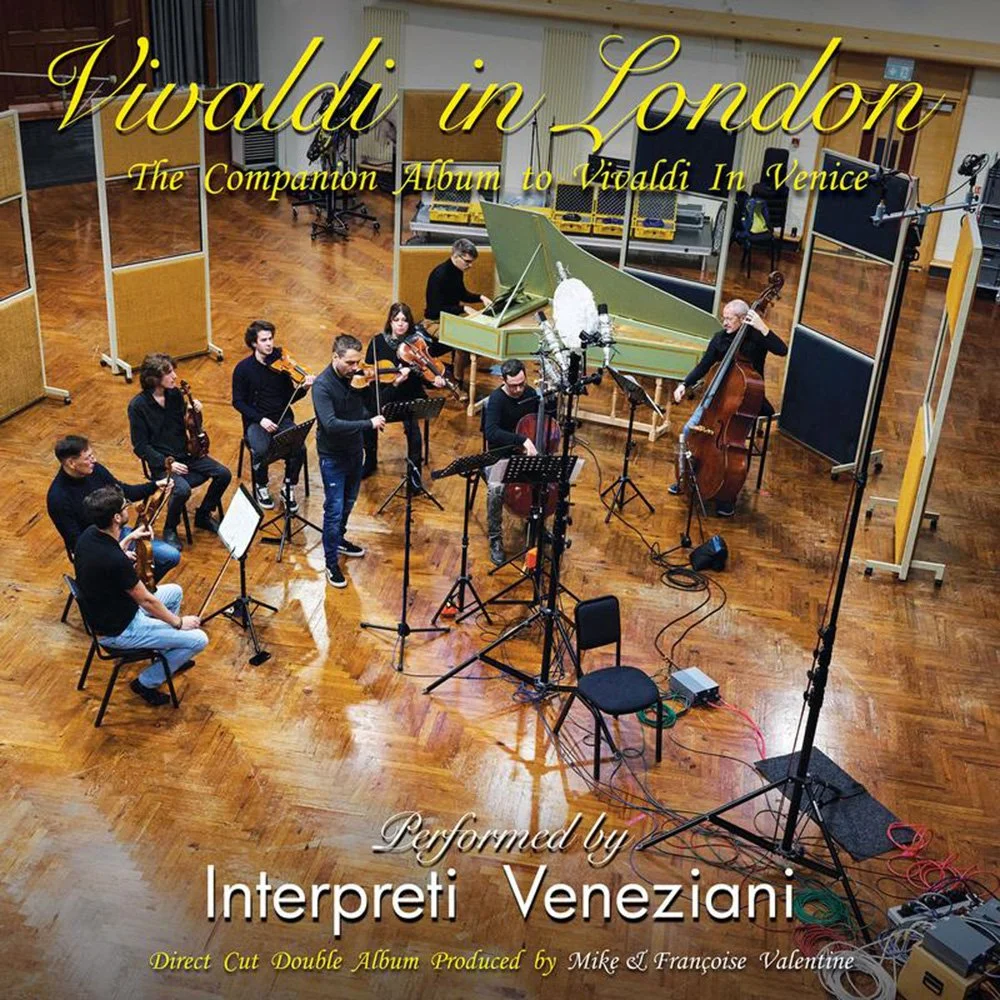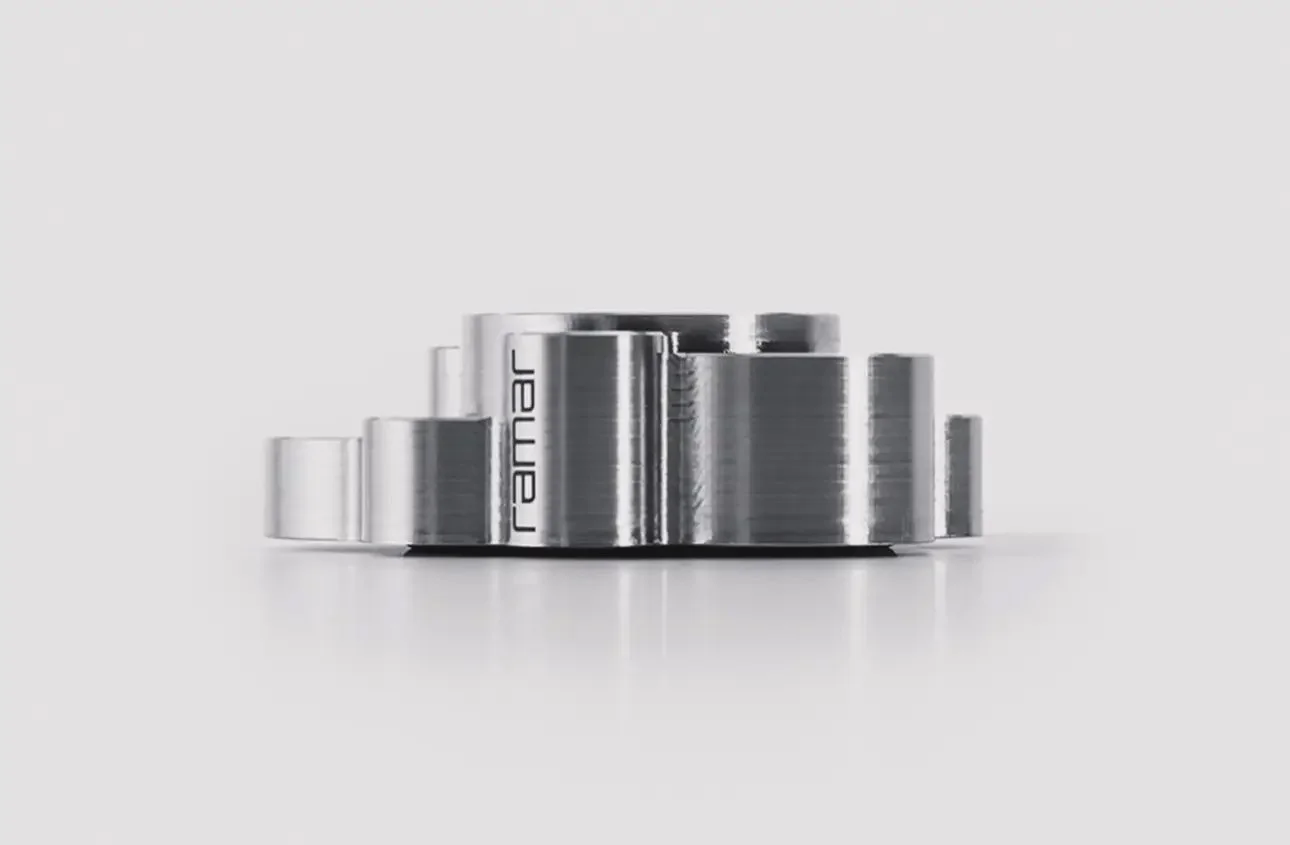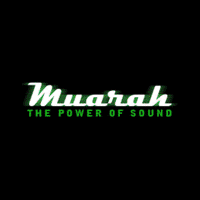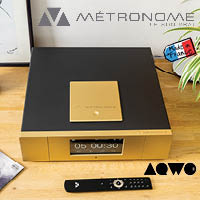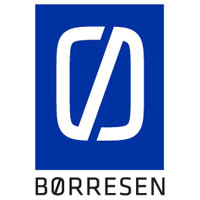IKEDA Sound Labs Kai MC Phono Cartridge
As the years progress, my admiration for luxury Japanese phono cartridges grows. I’ve always admired a hand-made Japanese cart with some pretty Kanji on the body, but I have not had a chance to examine them in depth until the past few years. Things came to a halt when I reviewed the Kiseki Purple Heart NS Moving Coil Phono Cartridge. I was hopeful at the start of the review, but I was a dissenting voice among the throngs of “influencers” who raved about the cartridge. For my ears, it was unexciting and below my “influenced” expectations. To be fair, the Purple Heart of 2020 was an amalgam of parts from the Netherlands, Japan, and Switzerland, with the final assembly in Europe. So, Japanese-light!
Later, I received the Phasemation PP-300 MC Phono Pickup Cartridge and Shelter Model 501 III MC Phono Cartridge for review and faith was restored. Both are highly regarded Japanese manufacturers; the carts are mid-price in their respective ranges and well above in the “character” stakes if compared to the Purple Heart.
Shelter is run as a boutique, handmade cartridge salon in Japan, with Phasemation a part of the Kyodo Denshi Engineering Co (the Kyodo Denshi cartridge spin-off began as Phase Tech—remember them? Excellent, relatively inexpensive cartridges that created quite a buzz).
For some time, I’ve been happy as a clam with the Phasemation PP-2000 MC Phono Cartridge (USD 8000), no Kanji, but a gem of a cart made of Duralumin and manufactured to a high audiophile spec. It’s been my go-to for several years. I felt no need to change camps until I heard the IKEDA Sound Labs Kai MC Phono Cartridge (USD 9600). “魁 KAI” in Japanese has several meanings, including “Pioneer,” “Herald,” and “Leader.”
I’ll tell the IKEDA Kai acquisition story in a moment, but some research led me to Osamu Ikeda, who many call the father of high-end moving coil phono cartridges in Japan. Ikeda-san began designing cartridges and very highly-regarded tonearms in the mid-60s through his company, Fidelity Research. He pioneered many of the high-spec techniques we take for granted in luxury Japanese high-end cartridges, including the use of silver wire, cantilever-less carts such as the IKEDA9, yoke construction, designing coils with fewer windings, and air-core coils (a coil without a ferromagnetic core). Snazzy stuff for the ‘60s.
Osamu Ikeda. Debuted at the time of his retirement, Ikeda-san considered the Kai to be his greatest achievement. Each cartridge is hand-assembled, precisely aligned and inspected by a craftsperson.
With the advent of the CD, Fidelity Research closed its doors. Not one to wallow and knuckle under, Ikeda founded IKEDA Sound Labs in 1984. And so began the Japanese rebirth of analog and vinyl.
Most high-end cart designers in Japan apprenticed under Ikeda. He retired in 2010 but continued consulting and passed on the responsibilities to his daughter and a team of designers and craftspeople.
Ikeda-san died in 2018 at the age of 87.
Researching IKEDA was no mean task. There is precious little in English— navigating the Japanese-only website is a bit of a chore. The Absolute Sound published a short but informative article in 2005. Have a read.
My thanks go to David Jensen of IKEDA Canadian importer Red Leaf Audio for shipping me the cart for review and filling in the IKEDA blanks.
My Use
As always, each piece of equipment for Audiophilia review gets well-matched, high-quality ancillaries. The gorgeous blue nugget of Alumite (an alloy which is crafted from Obsidian, Iron and Aluminum) was delivered already installed on my new Pure Fidelity Symphony Turntable and Pure Fidelity Savant Ti Tonearm (USD 22,000 with arm). It was amplified by the Phasemation EA-350 Phono Amplifier (USD 6400) and IKEDA’s IST-201 Step-Up Transformer (USD 5400). The cabling was Ansuz Acoustics C2 Signalz Interconnect Tonearm (€6400.000/2 metres). The Kai has a very low output of 0.19 mV and an impedance of 2.5 Ohms. As such, it demands careful matching to a low-noise phono stage or adding a good Step-Up Transformer. Both my Phasemation phono amplifier and IKEDA Step-Up were a very good match.
IKEDA suggests anywhere from 100 to 1000 Ohms for loading. With the Phasemation EA-350, I’m hard-wired at 100 Ohms. If you have variable loading on your phono preamp, have some fun experimenting.
The usual suspects filled out the rest of the review system, including the MBL N51 Integrated, BØRRESEN Acoustics 01 Silver Supreme Edition Loudspeakers and Ansuz Acoustics C2 and D2 cables. All have been reviewed at Audiophilia.
Features
The special IKEDA Blue Alumite housing is crafted from a solid block of Aluminum alloy with a buff finish. The top of the cartridge is made of Titanium, and so is the base used to sustain the generator. As with many high-end carts, the cantilever is made of Boron ”to ensure the proper delivery of oscillation.” Further, “a highly efficient Permalloy core, low impedance coils, ideally shaped magnet yoke and the generator unit embedded a samarium-cobalt magnet are further highlights of the new IKEDA Kai MC cartridge design.”
Specifications
Output Voltage: 0.19 mVrms (1kHz 35.4mm/sec. at 45°peak)
Coil Impedance: 2.5 Ohms (1kHz)
Appropriate Stylus Force: 1.8 Grams ±0.2 Grams
Frequency Response: 10Hz - 45kHz
Channel Separation: Over 27dB (1kHz)
Channel Balance: Within 1.0dB (1kHz)
Stylus: Micro-ridge solid pure diamond
Weight: 11.5 Grams
Compliance: 7 x 10-6cm/dyne
Sound
I’d heard about IKEDA products over the years but never had a chance to listen to any at length. Through John Stratton and David Jensen, I discovered (and purchased) the amazing IKEDA IST-201 Step-Up Transformer, which created a magical transformation of my analog front end. I was intrigued about other IKEDA analog products. Later, Stratton delivered his Pure Fidelity Symphony ‘table for review, and the IKEDA Kai was his cartridge of choice to highlight the Symphony at its Seattle Show debut, then chez nous for its first review.
The whole package, ‘table, tonearm and cart created a musical intensity that took my breath away during the first LP on—the LSO’s virtuosic 1960 Mercury/Classic Records The Firebird. The uncanny imaging, the delicate layering, the timbral beauty, the accuracy and the visceral effect of the supercontrolled power. This was the LSO unleashed as never before in my music room. Of course, it was a sum of the whole rather than just the Kai, but Stratton confirmed he’d had a similar result with the Kai on his smaller Harmony Mk2 with his standard Origin Live Zephyr tonearm. In any case, I had a premonition that all three would not be leaving the house.
After several years with my Phasemation, I felt a little more than a little guilty for beginning the transfer of power in my mind. But the Kai was not just a prettier face. It was portraying much that I admire in fine cartridges but to a higher standard. The Kai has a USD 1600 premium over the PP-2000, so the differences were not vast. They never are at this level. But I knew the cartridge was very special.
It just happened that Borodin’s Symphony No. 2 was on our Livestream for Building a Library during the Kai listening sessions. There are several fine recordings, but I’m very partial to my original 1959 RCA/LSO/Kingsway/Wilkie and used it as my suggestion. Other than a rather portentous opening movement, the following three feature superior musical inspiration, beautiful tunes and knockout orchestrations. Pretty good for a chemist!
I’ve heard the recording on every high-end cartridge I’ve had in for review. The Kai shed more light on it than heard previously. Noted were the Kai’s agility and its ability to hit and run with razor-sharp imaging (but with glorious sounding edges, no harshness or etched sound whatsoever) while creating deep soundstages. Listen to the knockout filler Capriccio Espagnol at the violin cadenza, especially to the ppp snare drum roll (marked “Tamb”) way back left of Kingsway and the splendid leader Hugh Maguire at his concertmaster position; then the timps come in at letter “L” with each stroke differentiated by the superb Kai (see image below). This Espagnol is the sleeper version in the audiophile catalogue. It was audiophile magic time.
It’s not simply that the Kai’s treble is sweet, detailed and luxurious, it demonstrates a superior resolving ability. The spot-on placement in the Kingsway soundstage of Lowry Sanders’ piccolo playing in the Borodin Symphony was a jolt. Hearing one of my chamber music coaches playing superbly under this new light was a trip down memory lane. However, the extended treble is beautifully blended with all octaves. You won’t notice any bump in bass, mids or treble, simply resolution with the most transparent, beautiful sound.
It’s not all peaches and cream. Because lush mids are where many expensive Japanese carts like to shine, the Kai is no exception—it’s exceptional in portraying ambient information. For example, the excellent ESOTERIC vinyl remastering of highlights of Swan Lake by Tchaikovsky played by the Concertgebouw and conducted by Mahler’s son-in-law, Constantin Silvestri. It’s a marvellous performance equalled by its dynamic pressing but was recorded in an empty hall. The Kai’s midrange understanding emphasized the reverberation time of a cavernous Concertgebouw but not to good effect. The Phasemation PP-2000 slightly recessed midrange compared to the Kai did not allow some of the reverb through, making for a more (seemingly) dynamic presentation. This was rare, but you’ll be hearing some records you thought you knew well anew.
The delicacy of the Kai is almost tactile. The guitar sounds on Stan Ricker’s amazing remaster of Cat Stevens’ Tea For The Tillerman was so gentle, and Stevens’ gravelly baritone was almost an X-ray (in audiophile terms) in the way the Kai laid bare the overdubbing.
When we reached "One of These Days," a favourite test track from Pink Floyd’s Meddle, the Kai’s impressive dynamic range and ability to separate instruments in as wide and deep a soundstage as the original engineer created was epic in its bass guitar antiphonal effect. And Mason’s drums were even more defined, as was the short-lived, throaty gibberish masquerading as high art.
Conclusion
High-quality Japanese cartridge pricing is in the stratosphere. I’m reviewing the USD 17,750 Analog Relax EX1000 MC Phono Cartridge as I finish this review. Even at a much lower price, and with Kai’s exceptional performance, $9600 is still a lot of money. But many of us will pay a premium for this quality of sound. I just wished they lasted longer than 1000 hours. Factory re-tipping is very expensive. Analog lust has us coming and going!
That out of the way, the Ikeda Sound Labs Kai MC is a leading, world-class moving-coil cartridge with very low output and low compliance that tracks like a demon. At the time of its debut, Ikeda-san considered it his masterpiece. If you match it with a quality phono stage (and SUT) and have a substantial enough tonearm, you may never have to drop another dollar on a showcase MC. Very highly recommended.
Further information: IKEDA Sound Labs











